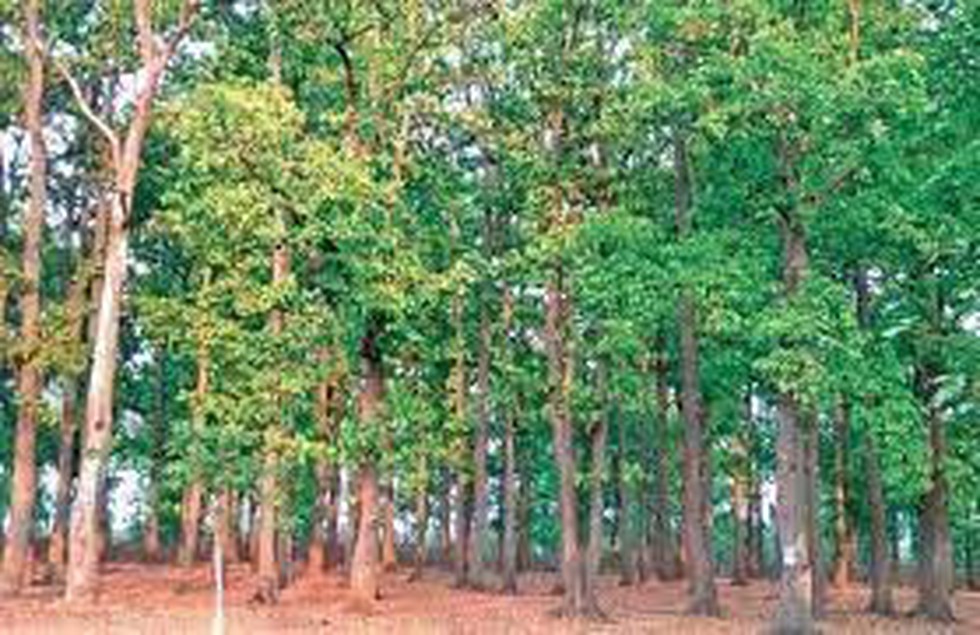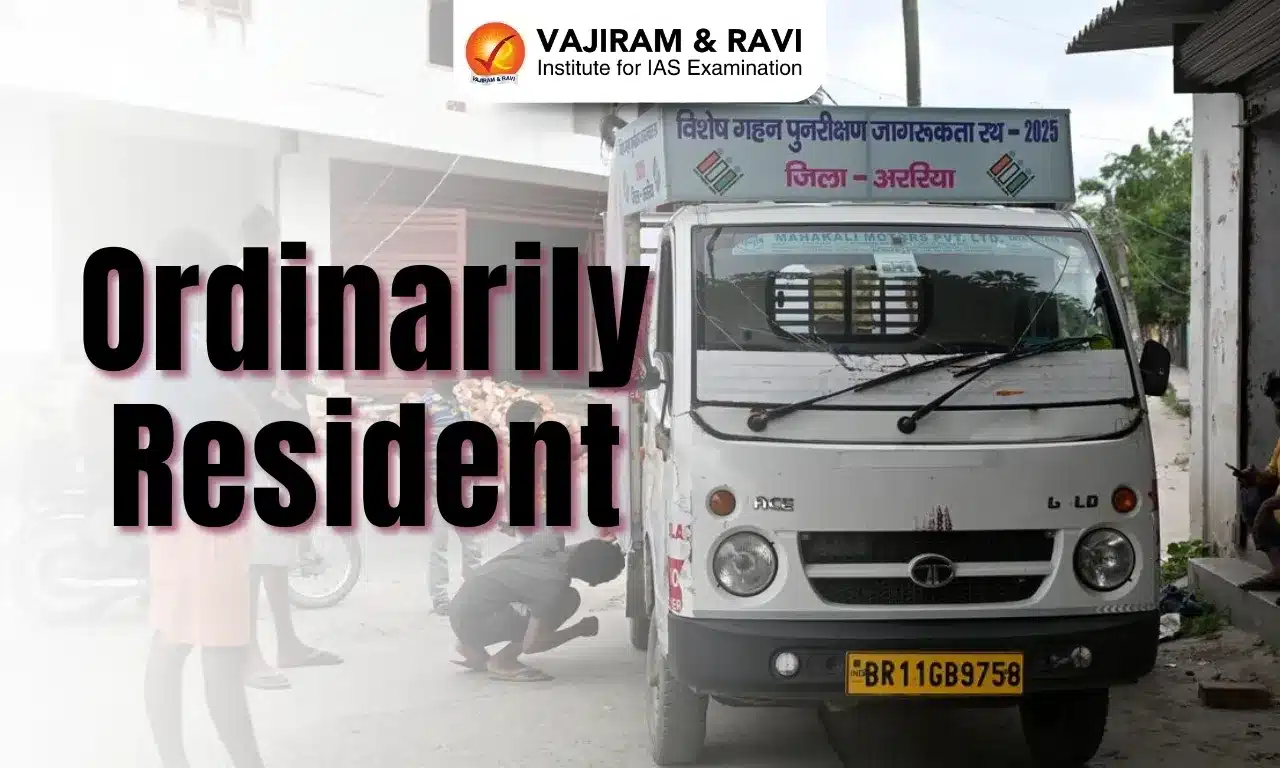Key points about Sal seeds:
- Odisha has no major solvent extraction plant that produces oil from sal seeds, due to which the intermediaries procure the seeds from the state at a lower rate and sell them at a higher rate to the oil companies of other states
- The state of Odisha has a rich depository of sal seeds accounting for 25 per cent of the country’s production, which played a significant role in the economics of the tribal people in the state.
- Other major Sal seeds producing states include Bihar, Chhattisgarh, Madhya Pradesh and Jharkhand.
About Sal Tree:
- It is a large sub-deciduous tree which is seldom completely leafless.
- It is indigenous to India and occurs in two main regions separated by Gangetic plain namely the northern and central Indian regions.
- It requires well-drained, moist and sandy loam soil.
- Climatic conditions required: It survives upto a maximum temperature of 36°C to 44°C and minimum temperature of 11°C to 17°C and it needs an average rainfall of 1000 mm to 3500 mm per annum.
- The resin of this tree is used in the indigenous system of medicine.
Q1) What is Loamy soil?
Loam soil is a type of soil that is considered to be ideal for plant growth. It is a balanced soil composition that combines three main soil particles: sand, silt, and clay, in roughly equal proportions.
Source: Odisha to procure sal seeds from 9 districts; tribals say it’s too late
Last updated on July, 2025
→ UPSC Notification 2025 was released on 22nd January 2025.
→ UPSC Prelims Result 2025 is out now for the CSE held on 25 May 2025.
→ UPSC Prelims Question Paper 2025 and Unofficial Prelims Answer Key 2025 are available now.
→ UPSC Calendar 2026 is released on 15th May, 2025.
→ The UPSC Vacancy 2025 were released 1129, out of which 979 were for UPSC CSE and remaining 150 are for UPSC IFoS.
→ UPSC Mains 2025 will be conducted on 22nd August 2025.
→ UPSC Prelims 2026 will be conducted on 24th May, 2026 & UPSC Mains 2026 will be conducted on 21st August 2026.
→ The UPSC Selection Process is of 3 stages-Prelims, Mains and Interview.
→ UPSC Result 2024 is released with latest UPSC Marksheet 2024. Check Now!
→ UPSC Toppers List 2024 is released now. Shakti Dubey is UPSC AIR 1 2024 Topper.
→ Also check Best IAS Coaching in Delhi












